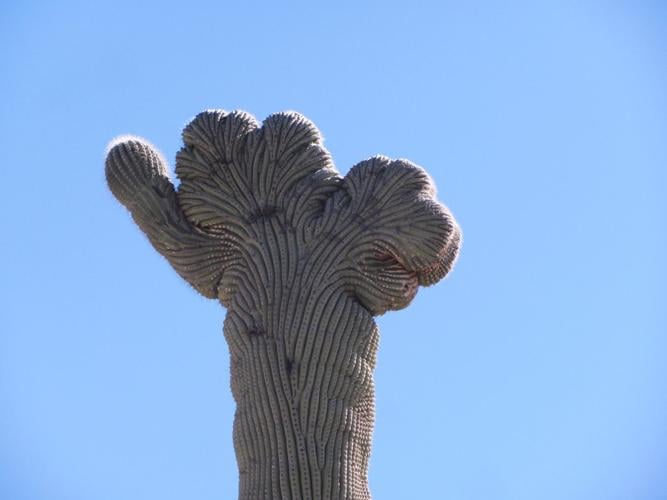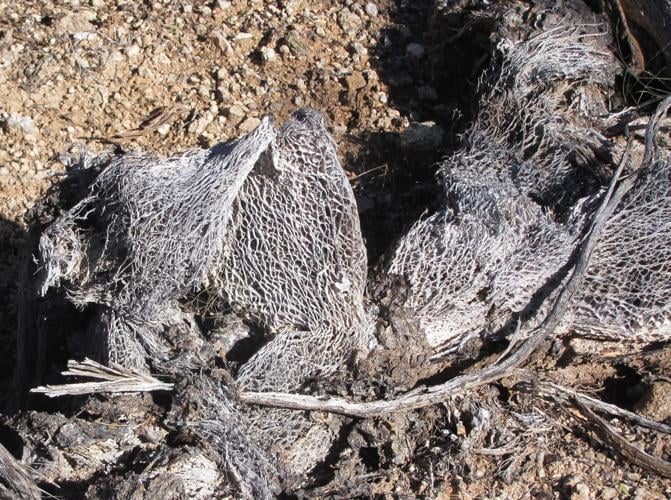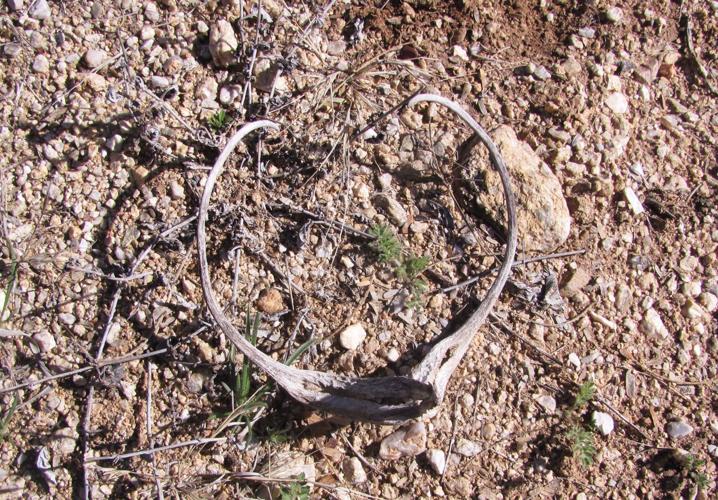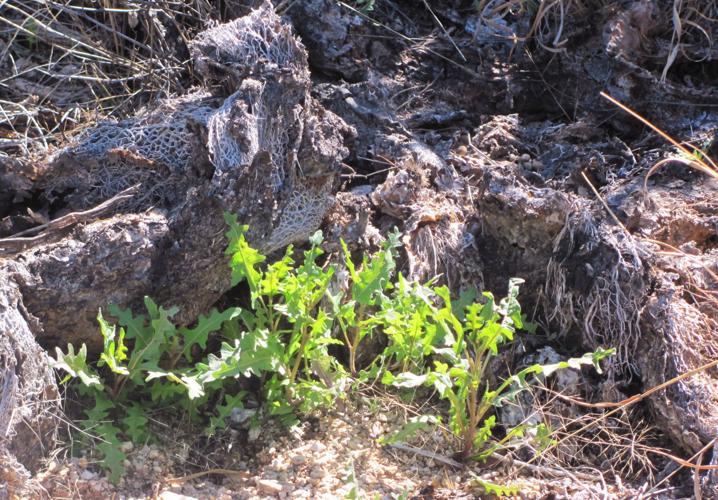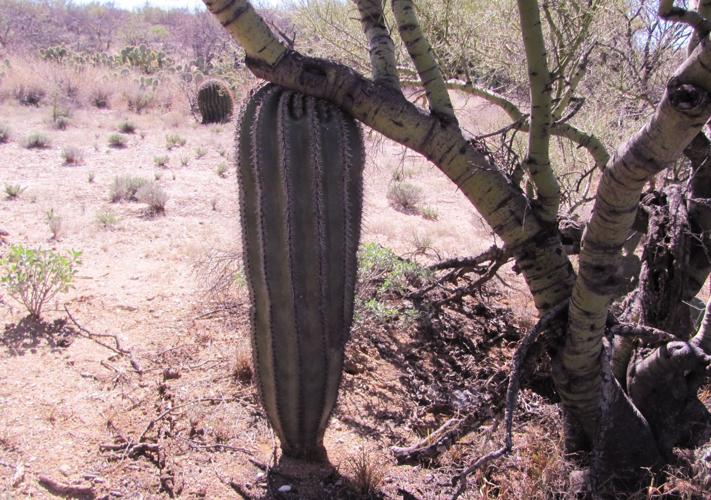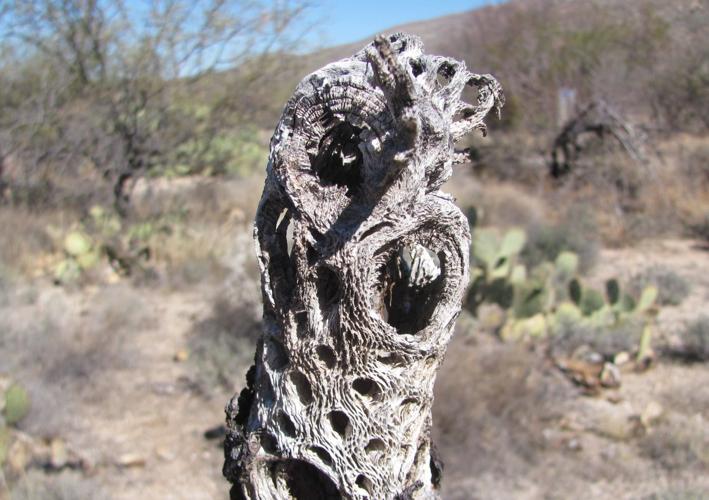You might want to try a “little-things hike.”
That’s what we might call a trek when our attention is focused not on grand vistas, dramatic terrain or wildlife — but rather on little things that we often overlook along the trail.
We’re talking about inconspicuous plants dwarfed by giant saguaros, animal scat deposited along the route, small fruits and blooms, the artfully decaying remains of cacti, bits of unexpected greenery — that sort of thing.
Such a minimalist approach can be surprisingly rewarding.
One place to give this a try is the Cactus Forest Trail at Saguaro National Park east of Tucson.
From the park entrance at 3693 S. Old Spanish Trail, get on the eight-mile Cactus Forest Loop Drive. The 2.5-mile Cactus Forest Trail connects two points along the drive. You can hike it out and back — or one way if hiking companions arrange for a vehicle at each end.
The trail, which is mostly flat or gently rolling, has some “big things” along the way such as a lime kilns historic site. Tucked into hillsides along the trail are the remains of two century-old kilns, stone structures where limestone from nearby slopes was processed into lime for mortar and plaster used in building.
But such sites are not the focus of a “little-things” hike.
Among the often overlooked sights you might spot along the trail:
- A small saguaro growing under a so-called “nurse plant” — in this case a palo verde tree. You might notice one apparent problem here: The saguaro has grown so high that it has come smack up against a palo verde limb, which would appear to stop further upward growth.
- A shapely “devil’s claw” lying on the desert. It’s the dried remnant of a plant’s seed pod.
- Yellow cactus fruits. Some of them remain even in winter atop barrel cacti.
- The dried skeleton of a cholla cactus, faintly resembling the tilted head of something — perhaps an owl.
- A crested saguaro — a cactus with an unusual fan-shaped top. One of these is visible along a road leading to park trailheads but not along the trail itself.
- Animal scat, possibly deposited by a bobcat.
- The withered remains of the pads of what was once apparently a prickly pear cactus.
- A lone clump of bright greenery growing in an otherwise brown landscape.


